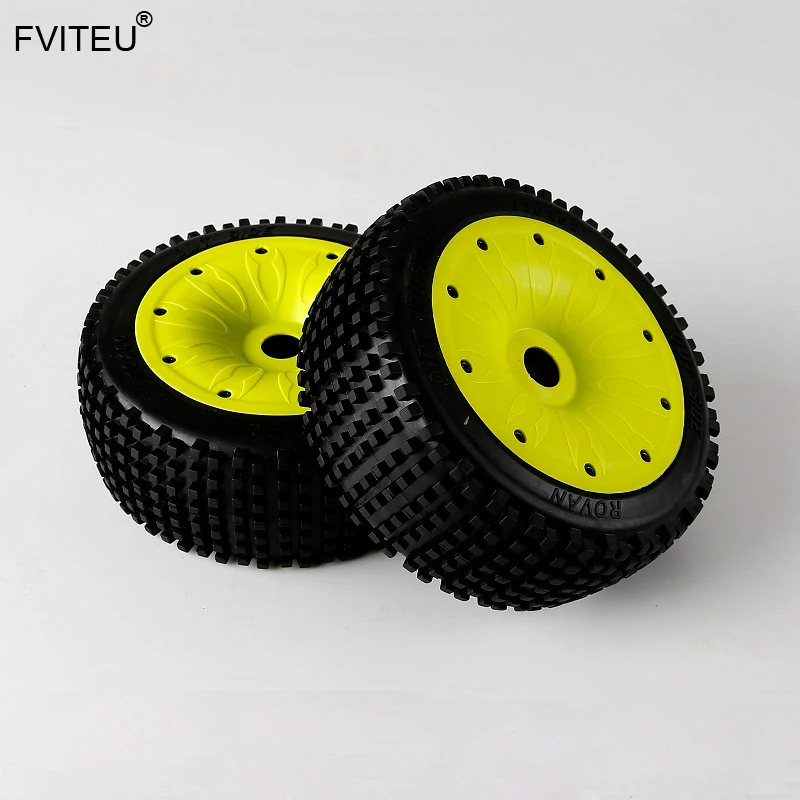We have the bead sealer you need to get the job done right.
Tire Bead Sealer, Flammable, Size 32 oz., Color Black, Material Liquid, Features Forms An Air Tight Seal Between The Tire And Rim Reducing Bead Leaks, Used For Tires/Wheel
View Full Product Details
$15.02
Tire Bead Sealer, Flammable, Size 32 oz., Color Black, Material Liquid, Features Forms An Air Tight Seal Between The Tire And Rim Reducing Bead Leaks, Used For Tires/Wheel
View Full Product Details
Tire Repair Cement, Flammable, Size 8 oz., Color Clear, Material Liquid, Used For Tires/Wheel
View Full Product Details
Tire Repair Cement, Flammable, Size 8 oz. , Color Clear, Material Liquid, Used For Tires/Wheel
View Full Product Details
Tire Bead Sealer, Size 1 qt, Container Type Can with Brush Top, Form Liquid, Clear, Non Flammable, Features Prevent Bead Leaks and Eases Tire Installation, Used For Tires
View Full Product Details
$32.55
Tire Bead Sealer, Size 1 qt, Container Type Can with Brush Top, Form Liquid, Clear, Non Flammable, Features Prevent Bead Leaks and Eases Tire Installation, Used For Tires
View Full Product Details
Bead-Eze Penetrating Tire Lubricant, Size 1 gal, Container Type Bottle, Color Red, Form Liquid, Leak Detector Yes, Features Can Be Diluted, Dries Fast, Water Based, Used For Mounting or Detecting Leaks in Tires, Automotive and Light Duty Truck Tires
View Full Product Details
$21.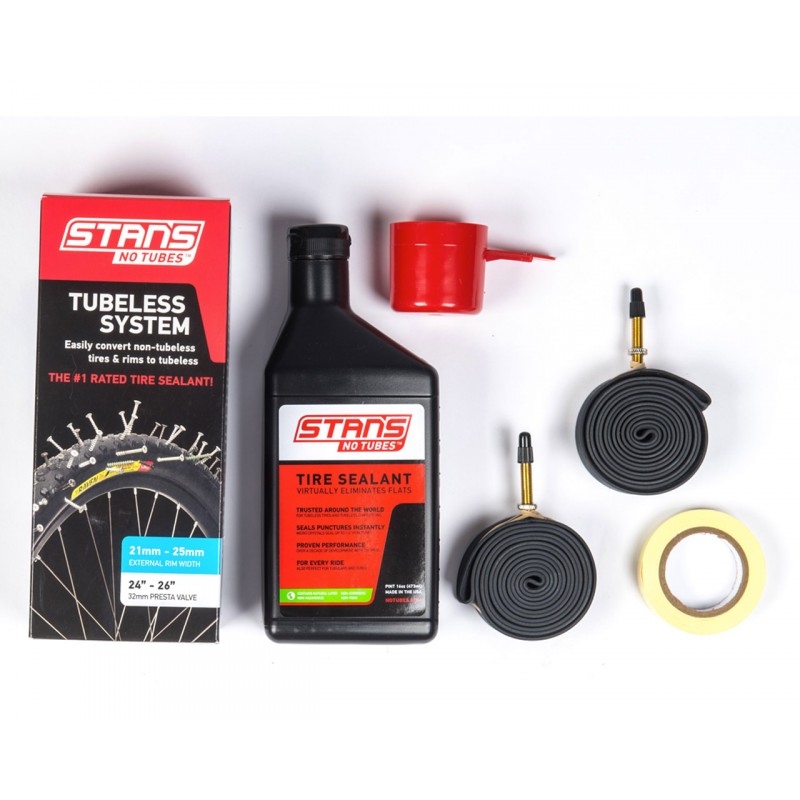 95
95
Bead-Eze Penetrating Tire Lubricant, Size 1 gal, Container Type Bottle, Color Red, Form Liquid, Leak Detector Yes, Features Can Be Diluted, Dries Fast, Water Based, Used For Mounting or Detecting Leaks in Tires, Automotive and Light Duty Truck Tires
View Full Product Details
Europaste Tire Lubricant, Size 8 lb, Container Type Bucket, Rust Inhibitor Yes, Features Dries To Tacky Consistency and Prevents Rim Slippage, Vegetable Based, Used For Lubricating Rim and Wheel Assembly When Mounting/Demounting Tires
View Full Product Details
$30.64
Europaste Tire Lubricant, Size 8 lb, Container Type Bucket, Rust Inhibitor Yes, Features Dries To Tacky Consistency and Prevents Rim Slippage, Vegetable Based, Used For Lubricating Rim and Wheel Assembly When Mounting/Demounting Tires
View Full Product Details
Bead Sealer W/ Brush 32 Oz Can
View Full Product Details
$16.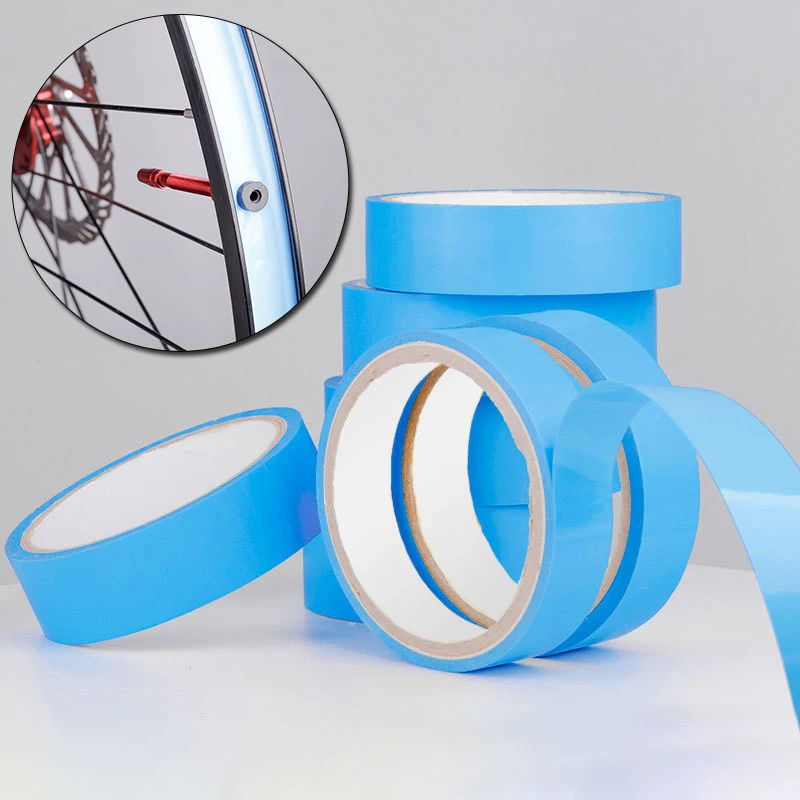 23
23
Bead Sealer W/ Brush 32 Oz Can
View Full Product Details
Tire Lube Blue Concentrate 5Gal
View Full Product Details
$42.31
Tire Lube Blue Concentrate 5Gal
View Full Product Details
Ru-Glyde Tire Mounting And Rubber Lubricant Is Exceptional For Tire Mounting And De-Mounting Jobs. Our Lubricant Is Ready To Use And Does Not Require Any Mixing! It Will Not Cause Rust Or Tires To Slip After Mounting And Balancing.
View Full Product Details
$13.17
Ru-Glyde Tire Mounting And Rubber Lubricant Is Exceptional For Tire Mounting And De-Mounting Jobs.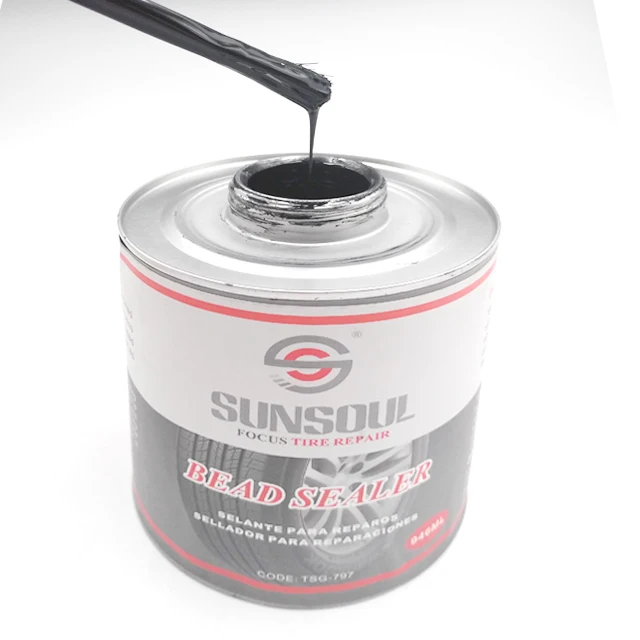 Our Lubricant Is Ready To Use And Does Not Require Any Mixing! It Will Not Cause Rust Or Tires To Slip After Mounting And Balancing.
Our Lubricant Is Ready To Use And Does Not Require Any Mixing! It Will Not Cause Rust Or Tires To Slip After Mounting And Balancing.
View Full Product Details
Tiger Paste Lubricant, Size 7.5 lb, Container Type Bucket, Rust Inhibitor Yes, Features Vegetable Based, Used For Commercial, Lubricating Rim and Wheel Assembly When Mounting/Demounting Tires, OTR and Specialty Equipment Tires
View Full Product Details
$54.97
Tiger Paste Lubricant, Size 7.5 lb, Container Type Bucket, Rust Inhibitor Yes, Features Vegetable Based, Used For Commercial, Lubricating Rim and Wheel Assembly When Mounting/Demounting Tires, OTR and Specialty Equipment Tires
View Full Product Details
Concentrated Tire Mounting Lubricant, Size 8 lb, Container Type Tub, Color Amber, Features Mix with Water Makes Up to 5 gal, Used For Tires
View Full Product Details
$14. 47
47
Concentrated Tire Mounting Lubricant, Size 8 lb, Container Type Tub, Color Amber, Features Mix with Water Makes Up to 5 gal, Used For Tires
View Full Product Details
Bead Lubricant Swab, Length 12 in, Natural, Material Cotton, Features Twisted Wire Construction and Wood Handle, Used For Mounting and Demounting Lubricants
View Full Product Details
$10.34
Bead Lubricant Swab, Length 12 in, Natural, Material Cotton, Features Twisted Wire Construction and Wood Handle, Used For Mounting and Demounting Lubricants
View Full Product Details
Concentrated Heavy Paste Lubricant, Size 25 lb, Container Type Pail, Leak Detector Yes, Features Mix with Water Makes Up To 15 gal, Vegetable Based, Used For Lubricating Rim and Wheel Assembly When Mounting/Demounting Tires, Bead Packing
View Full Product Details
$49.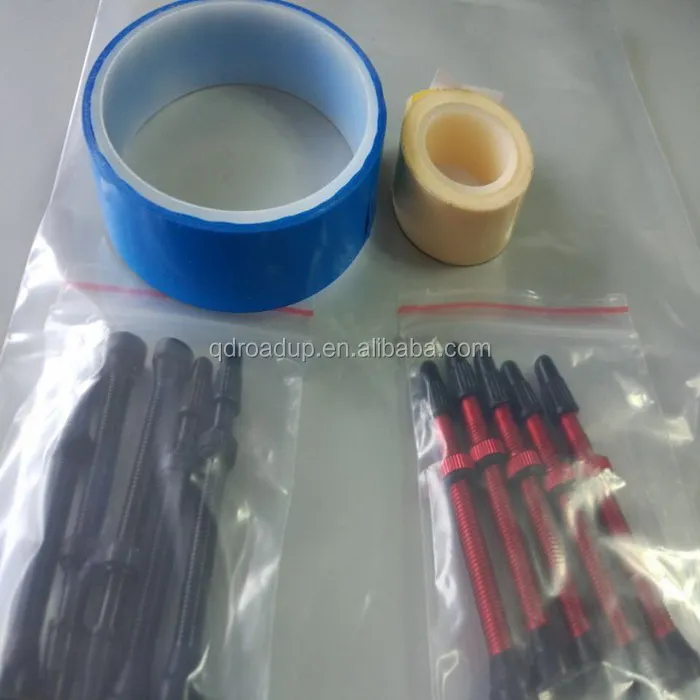 81
81
Concentrated Heavy Paste Lubricant, Size 25 lb, Container Type Pail, Leak Detector Yes, Features Mix with Water Makes Up To 15 gal, Vegetable Based, Used For Lubricating Rim and Wheel Assembly When Mounting/Demounting Tires, Bead Packing
View Full Product Details
Here's a tire and rim from a wrecked 2000 mercury grand marquis
This tire is junk because of a couple unrepairable gouges in the sidewall.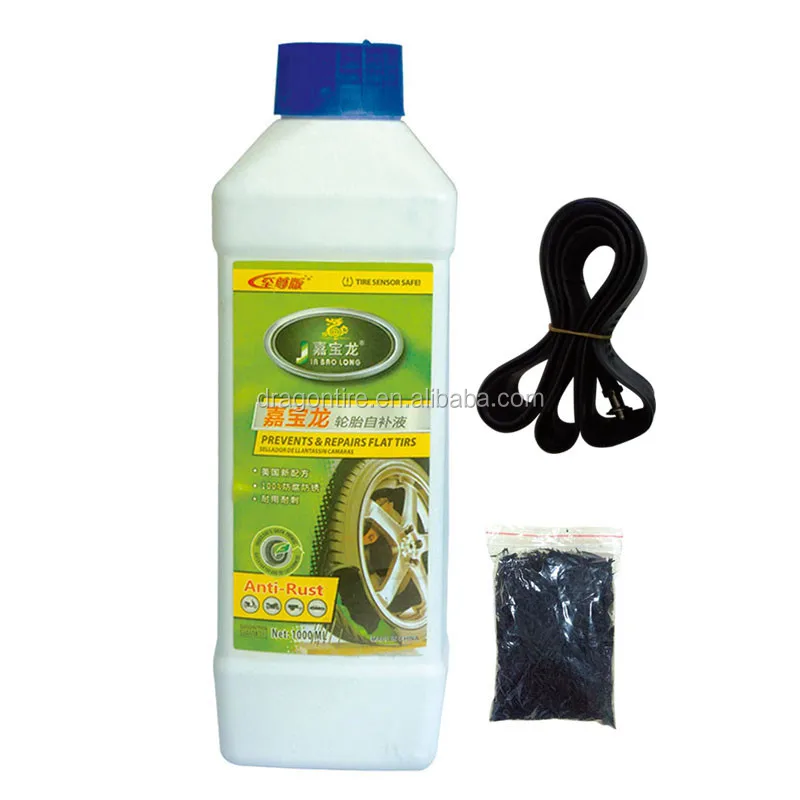 So some destructive cutting tools were used to pull the tire off the rim
So some destructive cutting tools were used to pull the tire off the rim
Here's the tire after it was cut in half.
On the surface, this may look like a nice 1999 crownvic wheel
But under different lighting, rust is visible around the rim flange where the tire bead normally sits.
Here's the rim with half of the tire sitting next to it
And the rim with the tire cross-section installed on it
Here's a diagram of how a steel belted radial tire is constructed
Here's an actual cooper tire cut in half showing how the tire seats against the rim flange
When the rim flange rusts like this, air can escape through the rust pits.
Closeup pictures of the rust around the rim flange
Crevice corrosion happens in this area because water gets trapped in between the tire and rim with no place to drain out.
Now that we've seen the rusty rim flange, lets try an experiment to remove all the corrosion.
First, use an electric drill with a wire wheel to remove the loose rust scale.
And start dissolving the rust with a phosphoric acid solution
The pink colored stuff on the rim is the naval jelly solution of phosphoric acid. The small bubbles in the gel tell you that the acid is doing it's job etching away the rust.
Here's the rim flange after several applications of naval jelly. The rust is gone for the most part, but there are deep pits in the metal where the rust pores used to be. Rust never sleeps and you want to get rid of it all to make sure it doesn't come back.
The active ingredient in naval jelly is phosphoric acid. Unlike other acids that eat away rust, this stuff for the most part leaves the uncorroded metal behind untouched.
For cleaning up rust, sandblasting also works nicely. It is a lot faster than etching rust with acid. But it does remove more "good metal" than the naval jelly method.
The big problem now is going to be figuring out what substance to use to fill in craters where the rust used to be.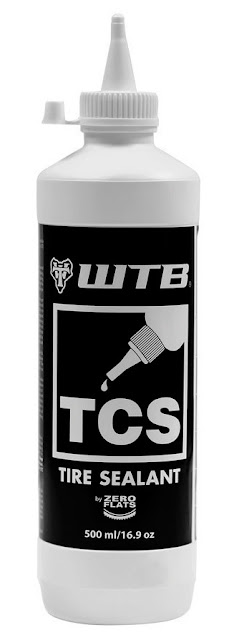 A coat of paint with some tire bead sealant on top might work.
A coat of paint with some tire bead sealant on top might work.
On rare classic cars with rim flange rust this bad, you'll sometimes see restoration shops weld metal back to the rim flange and then turn the rim on a lathe. But this rim is from a high volume production car and replacement rims are plentiful at the junkyards. New replacement steel wheels are also still avaliable for the 1998-2002 crownvics from ford motor company too.
There was quite a bit of rust around the rim flange, but the steel is still reasonably thick in this area. So the wheel still has a good amount of mechanical strength left to it in the rim flange area. Sometimes, you'll encounter rims that are so severly corroded that the flange area has the strength of tin foil.
Getting all the rust off this rim took a few days, the process I used was:
-Apply naval jelly to rusty metal
-Let rim sit overnight with acid solution on rusty metal
-In the morning after the naval jelly had dried, use a wire wheel on an electric drill to remove the rust that the naval jelly had loosened up
-Then reapply the naval jelly to start the process all over again
Here's the back of naval jelly bottle
Despite what naval jelly's material safety data sheet (MSDS) may imply, the substance is relatively safe to handle.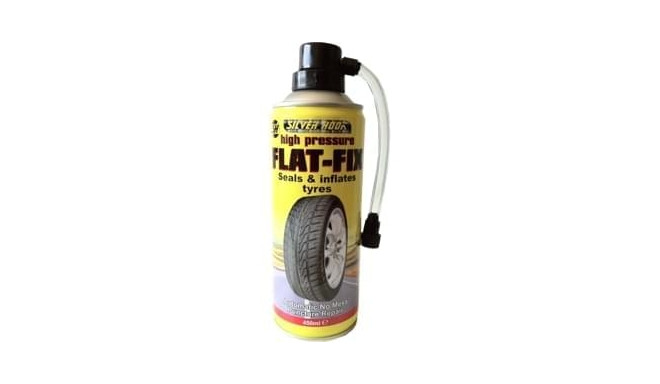 But it would still be a good idea to use the substance outdoors or in a well ventilated area to prevent the buildup of irritating fumes.
But it would still be a good idea to use the substance outdoors or in a well ventilated area to prevent the buildup of irritating fumes.
Wheel Balance Weights
Here is a wheel balance weight on the rim
The clips on these do not get deep enough into the flange area to cause any leaks
Valve Stem
Sometimes, you'll encounter leaks around the tire valve stem.
Here's a 2000 grand marquis wheel with the valve stem installed
A closeup of the rim from back showing the rear of the valve stem
The rim with the valve stem removed. Notice the new circular hole that didn't used to be there?
Here's the rim from the back showing where the valve stem would normally insert
There are some abrasion marks on the valve stem from where the hubcap was rubbing against it. The hubcap weighs a lot less than a steel wheel, so the two items don't always want to rotate at the same speed.
Tire Shop Air Leak Sealing Methods
Bead Sealer
Bead sealer is a black rubbery glue substance that is used to help the rubber tire seal to the metal rim.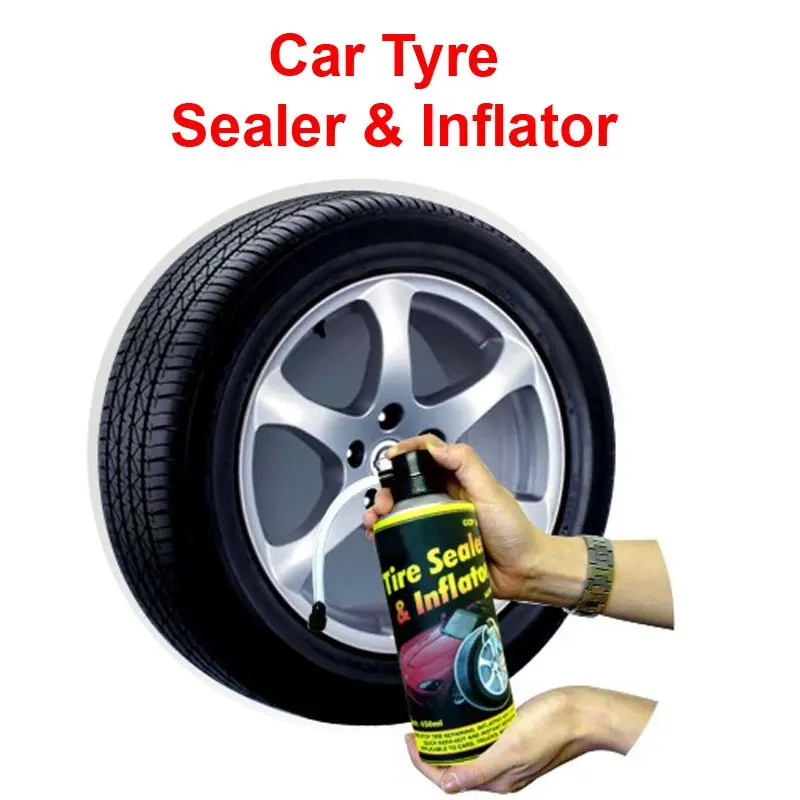 It will also fill in minor imperfections in the rim. And will help keep small debris like stones from getting in between the tire bead and the rim flange. It does however make the tire a little more difficult to get off the rim during service.
It will also fill in minor imperfections in the rim. And will help keep small debris like stones from getting in between the tire bead and the rim flange. It does however make the tire a little more difficult to get off the rim during service.
Air drill
An air drill with a variety of attachments are used to clean up the tire bead and the rim flange area
Wire Wheel
On steel wheels, a wire wheel is usually used to clean up corrosion.
Scotch Brite Pads
On aluminum wheels, scotch brite pads are usually used to clean up corrosion. Aluminum is softer than steel and scratches relatively easy. These scotchbrite discs are also sometimes used to clean up the rubber surface of the tire bead too.
Wire Brush
Without power tools, you could use a wirebrush on the steel wheels instead. Rust cleanup will take a little longer with this tool.
Bead sealer + Rusty Rim
A common practice to seal up tire air leaks on steel wheels around the bead area is to remove the loose rust scale with a wire wheel.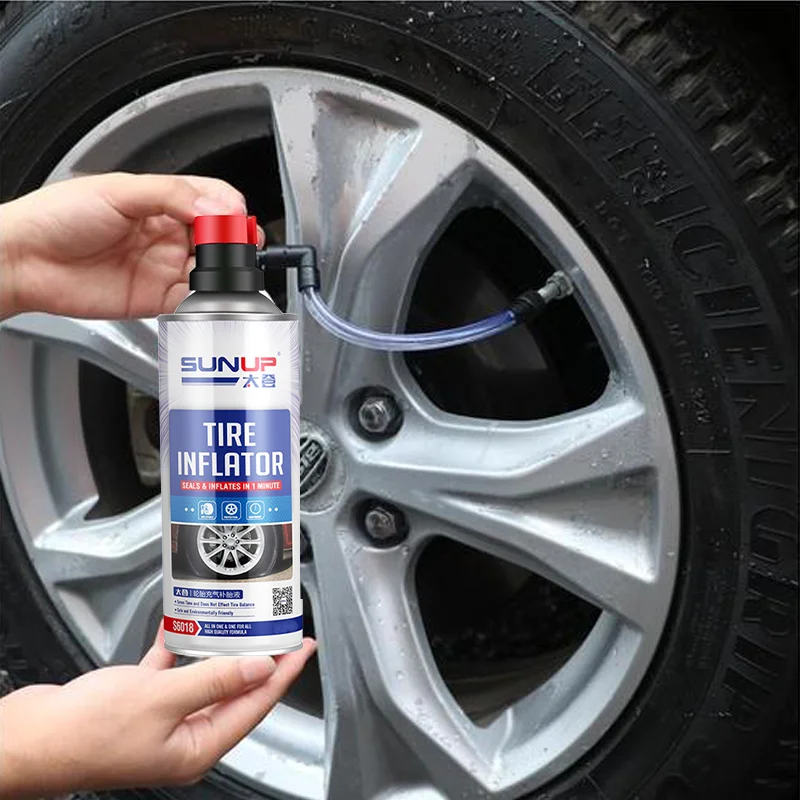 Then coat the polished rust with bead sealer and install the tire. This method did get the really rusted rim pictured above to hold air reliably for over a year. Unfortunetly, rust never sleeps and that wheel developed air leaks again requiring the tire to be removed from the rim to "clean up" the bead area yet again. There's no perfect solution besides replacing a rim with a new one once the flange is rusted this badly.
Then coat the polished rust with bead sealer and install the tire. This method did get the really rusted rim pictured above to hold air reliably for over a year. Unfortunetly, rust never sleeps and that wheel developed air leaks again requiring the tire to be removed from the rim to "clean up" the bead area yet again. There's no perfect solution besides replacing a rim with a new one once the flange is rusted this badly.
Do It Yourself Tire Leak Repairs
You'll sometimes see the do-it-yourself crowd install large quantities of tire sealer via the valve stem in an attempt to stop bead leaks. This stuff has a poor success rate at repairing air leaks around the tire bead. It does however make a real mess in between the tire and rim. And it will also throw off your wheel balance.
Other Notes:

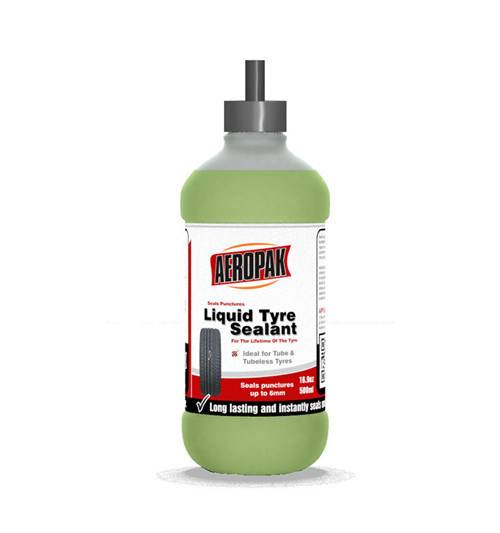 The equipment to pull a tire off the rim, install a tire onto the rim, and then rebalance the wheel costs thousands of dollars to purchase. But when you've got a mysterious tire air leak, it's still useful to have background information about how a tire seals onto the rim so that you can have a more productive discussion with the technicans at your local tire shop.
The equipment to pull a tire off the rim, install a tire onto the rim, and then rebalance the wheel costs thousands of dollars to purchase. But when you've got a mysterious tire air leak, it's still useful to have background information about how a tire seals onto the rim so that you can have a more productive discussion with the technicans at your local tire shop. A car tire puncture is an unpredictable phenomenon. A spare or stowaway will of course help, but in some cases a faster method of troubleshooting may be required. For girls, changing a wheel can be a serious test. In such situations, a special material - tire sealant - can become a reliable means of repairing a puncture.
In most cases, tire sealant is an aerosol can containing a special chemical material that seals the tire from the inside.
The composition of the sealants are:
The latex sealant works from the inside of the tire. The material covers the inner surface, and getting to the place of breakdown, isolates it. Compositions based on synthetic or natural fibers are made on the basis of asbestos, polyethylene or paper. They, unlike latex sealants, act only at the puncture site itself.
By appointment means for tires are preventive and repair.
Means for preventive purposes are used in order to prevent a possible breakdown of rubber. A special sealing compound is fed through the nipple into the tire.
Under the influence of centrifugal force, which occurs when the vehicle is moving, the material is distributed over the inner surface of the tire.
When a tire breaks down, into which a preventive sealant is poured, there is no pressure drop in the wheel.
If the tire is with a chamber, then the composition is poured between the balloon and the tread layer. Due to the air cushion that is present in the wheels with the camera, heating can occur. Since the material withstands high temperatures, it contributes to the cooling of the tread. When using a preventive sealant in tubeless tires, the composition is distributed inside the wheel and prevents the occurrence of punctures and cracks.
Additional functions of sealants:
Repair sealants are used if a puncture has already formed and it is urgent to restore the integrity of the wheel in order to continue further movement.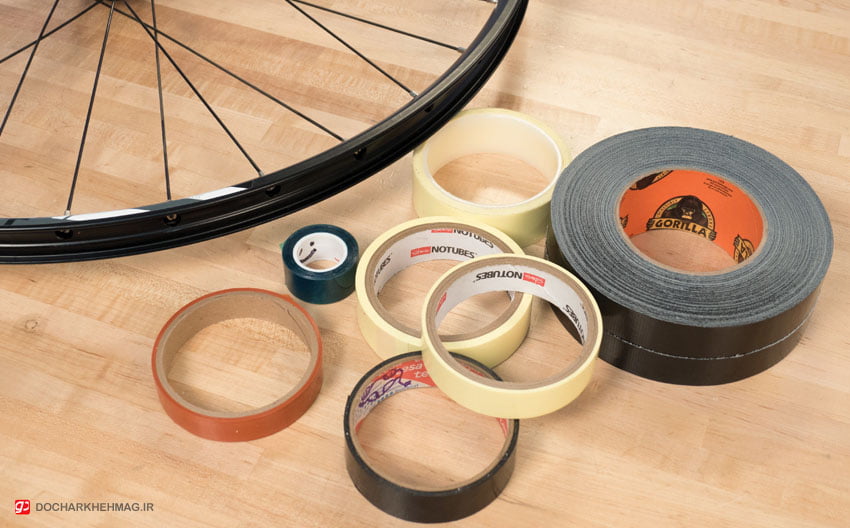
When the material is injected, the pressure in the tire increases and the tire takes shape. A film or liquid is formed inside the wheel, which, under the influence of centrifugal force, is evenly distributed inside the wheel and clogs the sample.
In addition to aerosols, there are materials in vials. They do not increase tire pressure, so the tire must be inflated after filling. But such materials can be used with fully flat tires.
Repair sealants can only be used in tubeless tires. In tires with chambers, their use is unacceptable, since such material will simply glue the cylinder to the inner surface, and the wheel will become unusable.
There are a lot of tools for repairing punctured wheels on the market. In order to attract a potential buyer, manufacturers prescribe "tasty" properties to their products. But, if we put aside all the marketing tricks, to select the optimal tool, you should pay attention to the following characteristics.
Firstly, this is the purpose of the material. Aerosol wheel sealants, unlike those sold in bottles, have the additional function of increasing the pressure inside the tire. In terms of efficiency, it is impossible to say exactly which composition is better, but the ability to increase tire pressure can be indispensable, especially in cold or rainy weather.
The second is the operating temperature range of the sealant, namely frost resistance. At negative temperatures, some compounds crystallize, lose their properties and become completely useless.
An important role is played by the volume of the sealant. For example, 300 ml of spray is enough to eliminate a puncture in a small car tire, but this is not enough to repair an SUV wheel. Therefore, the dimensions of the installed tires should be taken into account.
This information is contained on the label or instructions for use.
Do not forget about the types of tires installed on the car.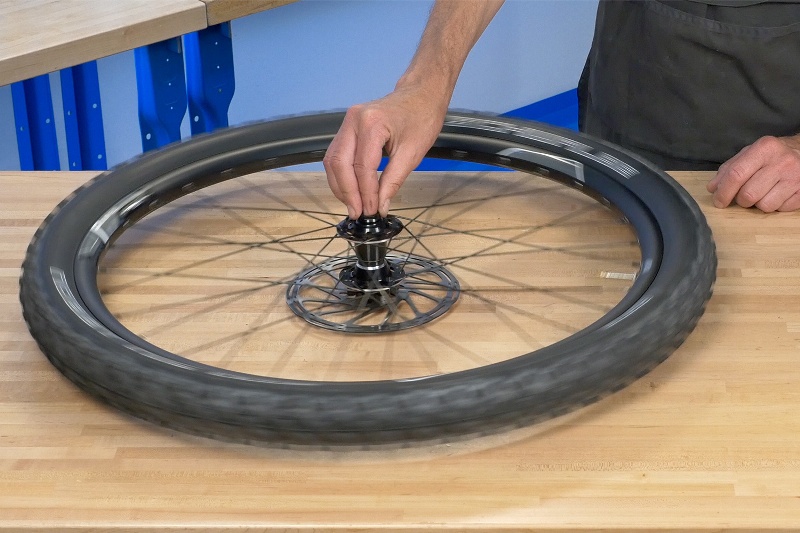 Different sealants are used for tubeless and tube tires, but there are also universal compounds that are suitable for both types.
Different sealants are used for tubeless and tube tires, but there are also universal compounds that are suitable for both types.
You also need to consider the number and size of punctures. Sealants can repair up to 6 punctures at the same time. At the same time, no composition will close up holes larger than 1 cm.
In addition to the above nuances, there are some difficulties that may arise when using a sealant.
Remember that the effect of tire adhesives is short-lived. Depending on the material, a retreaded wheel can be driven from 10 to 20 kilometers at a speed not exceeding 40-50 km/h.
To eliminate lateral damage with the help of such sealants will not work. It's all about centrifugal force, due to which the composition remains only in the projector area, and does not flow onto the side surfaces. Also, do not use sealants if the wheel is deformed.
If you are using aerosols that contain flammable gases, then the wheels should not be inflated with air. During driving, the rubber heats up and the mixture inside can ignite and explode.
During driving, the rubber heats up and the mixture inside can ignite and explode.
Repairing a wheel with sealants is not a difficult procedure. The main thing is to follow certain rules that depend on the material used.
First you need to remove the object that caused the puncture or, if it is not there, find a hole. Then you need to turn the wheel so that the damage is on top. With a completely flat tire, bleed off any remaining air.
The application of most sealants requires the removal of the spool, but with aerosols such manipulations are not necessary. Check the instructions for the material to see if the spool needs to be removed.
Next, you need to install the tip of the cylinder or tube into the valve and press on the valve. Repair can be considered completed as soon as the wheel becomes the desired shape. After that, you should measure the pressure in the tire, and, if necessary, bleed or inflate the wheel.
After a short trip (2-3 km) you need to check the tire pressure. This is due to the fact that some compounds are active for a long time. Therefore, in order not to drive on overinflated tires, it is important to know exactly what air density is in the wheels.
The procedure for working with a fluid sealant is almost the same as with an aerosol one. The main difference is that the wheel after filling the product must be turned several times and then pumped up to the desired pressure.
Flat tires are a common occurrence on the track. Damage must be repaired immediately, but this can only be done in a tire shop. The spare tire will help you get to the service station, but what if two wheels are damaged or there is no physical strength to unscrew the mounting bolts? In this situation, sealants designed to repair punctures will help. Even a fragile girl can cope with the operation to restore the structure of the tire and the level of pressure.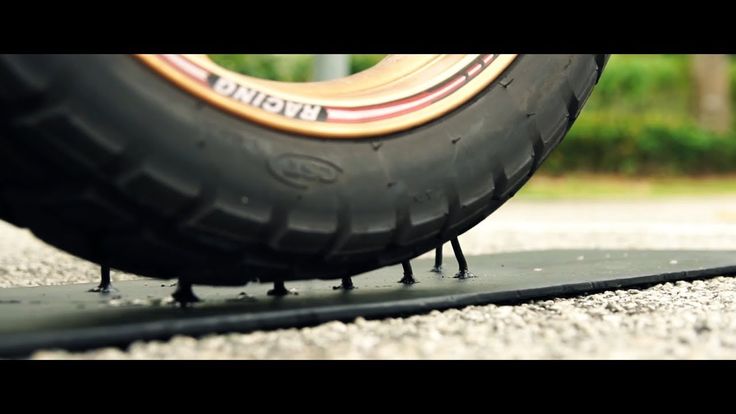 The best tire sealants will allow you to drive 100-150 km without repair. This is enough to get to the place where technical assistance will be provided.
The best tire sealants will allow you to drive 100-150 km without repair. This is enough to get to the place where technical assistance will be provided.
Contents
Auto chemical goods for repair differ in efficiency. The VyborExperta.ru team decided to find out what funds can be counted on in a difficult traffic situation. Experts selected products of well-known brands, studied the properties, operating parameters, and effectiveness of action. When compiling the review, reviews of car owners, opinions of specialists from service stations and service centers were taken into account.
The main attention was paid to the following parameters of sealants for tire repair:
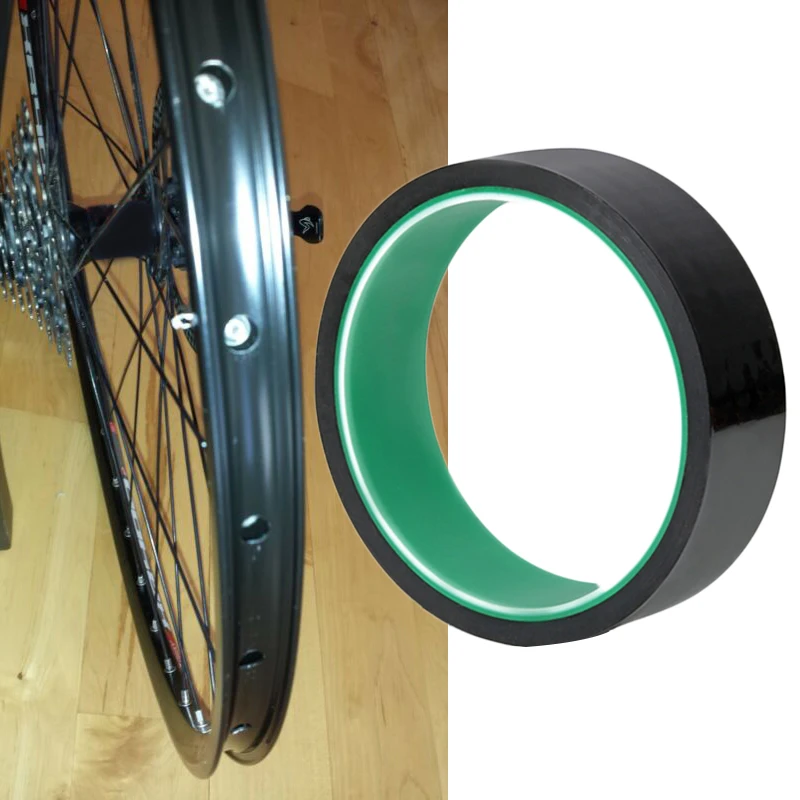 3 to 0.8 cm;
3 to 0.8 cm; Not all products studied are of high quality. Non-compliance with the declared volume, inability to reliably seal the tire - sealants with such defects were excluded from our rating.
Compounds designed for tubeless systems not only protect against punctures, but also air leaks through the gaps between the bead and disc. The products have proven themselves in the repair of cracks up to 3 mm in size. Most bead sealants for tubeless tires dry quickly, allowing you to continue on after a short break. We offer 4 brands of repair aerosols and liquids, which are distinguished by efficiency, functionality, and simple application.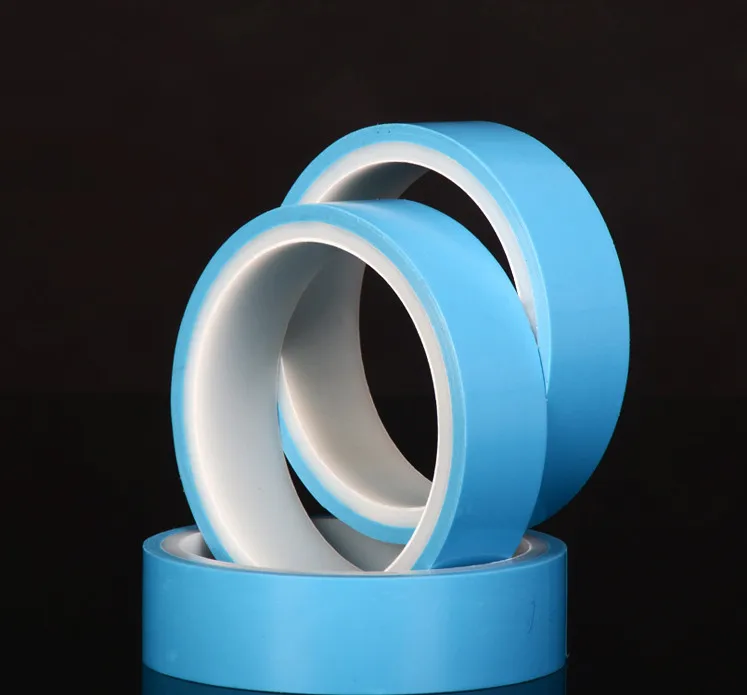
Motip holding was formed by the merger of Swiss and Dutch companies specializing in the production of auto chemicals, paints, repair kits. Aerosol spray of the Black Line premium series is designed to restore the tightness of passenger car wheels. This is a latex-based emergency compound that seals punctures and inflates the wheel. The special formula of the components allows the formation of strong bonds at the molecular level when blocking cuts.
It is not necessary to remove the wheel for use, it is enough to carefully drive until the spool is in a vertical position with the valve up. The cylinder is equipped with a hose that is connected to the tire valve. Injection of the repair compound - within a minute. After filling, you can immediately go on the road, but during the first 5 km you should not exceed the speed of 30-35 km / h.
Advantages:

Drawbacks:
Handles a lot of punctures on a single tyre. The cylinder is enough to seal 10 small holes. The spray can repair tread damage caused by running over a large diameter nail.
Developed by an American company for the repair of motorcycles, sedans, SUVs and trucks. The volume of 650 ml allows you to restore the wheel of a large crossover or use it to repair two tires of a passenger car. Instantly seals punctures up to 6 mm, copes well with gaps near discs. The basis is latex, which has good adhesion to rubber. Filling the hole, polymerizes quickly, prevents air loss and pressure reduction. The repaired wheel can be pumped up in 1-2 minutes to continue driving, having previously driven several tens of meters.
The aerosol is non-toxic, does not have an unpleasant odor, the components in its composition do not adversely affect the cord material. A hose with a valve for connecting to the spool is included. After application no additional balancing is required.
After application no additional balancing is required.
Advantages:
Drawbacks:
The products of the Russian company are intended for professional use. Restores the hermetic layer in tubeless tires of cars of all classes. It is used for prevention, after the end of a planned or urgent repair. Regenerates the inner part of the tire bead, which wears out during operation. Can be used for cold vulcanization.
Repairs seal up to 4 mm, dries quickly, can be used to repair cracks up to 3 mm. Differs in long term of action, thanks to high wear resistance of the formed layer. Does not require complex preparation before application: the surface is cleaned and degreased. Gives good results when paired with a repair patch.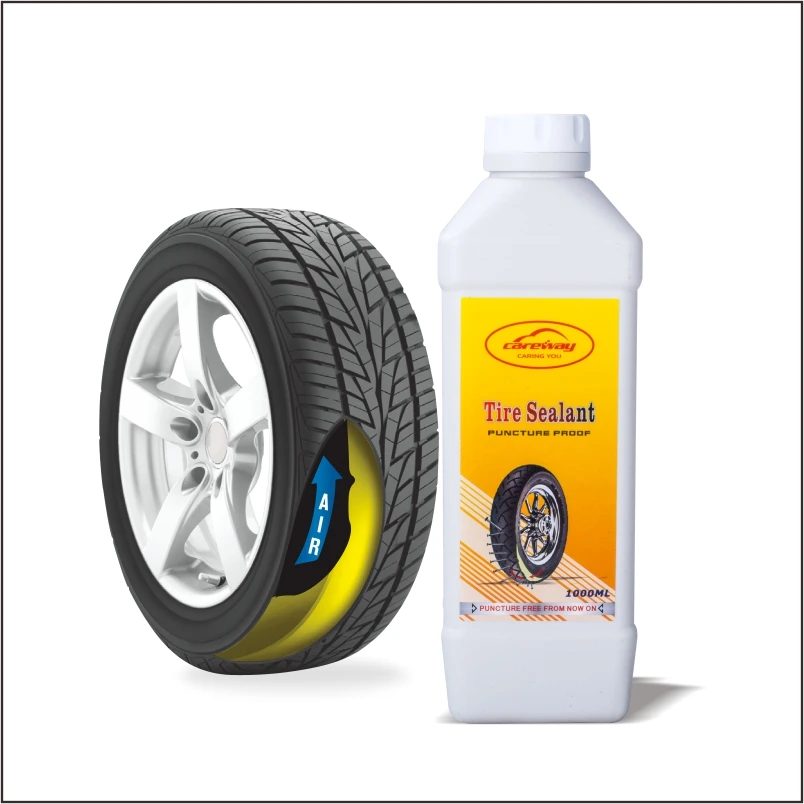 When thickened, it is easily diluted with a buffer cleaner.
When thickened, it is easily diluted with a buffer cleaner.
Advantages:
Drawbacks:
It is used for the repair of boards, the restoration of the hermetic layer. Produced by a Russian company on the basis of airtight rubber. Differs in high elasticity, durability, wear resistance. It is recommended to eliminate air leakage when repairing cracks up to 3 mm in size. It is used in the maintenance of trucks, cars.
After polymerization forms a non-shrinking layer, which ensures a tight fit of the bead to the rim. Apply with the brush that comes with the kit. Dries quickly, if necessary, dismantling for scheduled repairs - easily separated from the car disk. A buffer cleaner can be used to dilute the thickened mass.
A buffer cleaner can be used to dilute the thickened mass.
Advantages:
Drawbacks:
Repair and emergency sealants for tubed tires are available. Supplied as aerosols or liquids. These are effective means to combat punctures. Not used to protect against air loss near the bead of tubeless tyres. During development, it is taken into account that the agent can get between the tire and the chamber.
Liquid tire sealant used to prevent punctures. It is poured into the chamber, can be used for repair work. Among the components are carbon fiber, polymers, which are used in the production of bulletproof vests. It is in a constant liquid state, but as soon as the wheel is punctured, the liquid fills the hole and polymerizes. A strong elastic fungus with a cap is formed inside the chamber, which is pressed against the tire by pressure.
A strong elastic fungus with a cap is formed inside the chamber, which is pressed against the tire by pressure.
One refill is enough to automatically repair dozens of small punctures. The tool is designed to block 8-10 holes 5-6 mm. "Anti-puncture" does not freeze at negative temperatures, does not require balancing, is evenly distributed under the influence of centrifugal gravity. Reagents do not have an aggressive effect on rubber, extending its service life.
Advantages:
Drawbacks:
Spray for repair and creation of low pressure in the wheel. The main component is synthetic rubber, which clogs punctures.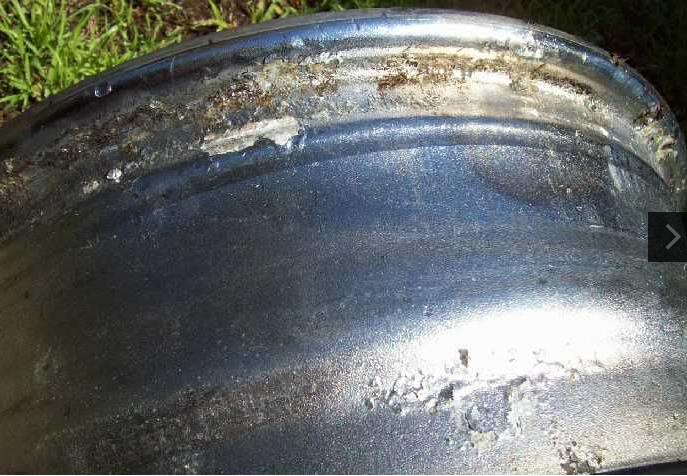 Recommended for passenger cars and crossovers. The aerosol delicately acts on the rubber, protecting it from delamination. The universal vulcanizer can be used to eliminate defects in tubeless tires in the tread area.
Recommended for passenger cars and crossovers. The aerosol delicately acts on the rubber, protecting it from delamination. The universal vulcanizer can be used to eliminate defects in tubeless tires in the tread area.
The application will require the wheel to be positioned so that the valve is horizontal. The spray is connected to the spool using the adapter that comes with the kit. The agent fills the entire volume of the chamber, after which it is necessary to start a slow movement. The pressure is enough to get to the tire shop, but if necessary, it can be increased using a standard pump.
Advantages:
Drawbacks:
It is not always possible to find a tire shop within a radius of 10-15 km. In this situation, a punctured tire sealant will help, with which you can repair a flat tire. Some compounds retain their effectiveness throughout the day, allowing you to move at a speed of 40-50 km / h. According to the reviews of owners of small cars, after using specialized sprays, the services of tire fitting specialists were not required.
In this situation, a punctured tire sealant will help, with which you can repair a flat tire. Some compounds retain their effectiveness throughout the day, allowing you to move at a speed of 40-50 km / h. According to the reviews of owners of small cars, after using specialized sprays, the services of tire fitting specialists were not required.
The development of a Japanese company attracts with its speed. Based on synthetic rubber, high molecular weight polymers. In a flat tire, you need to find the object that punctured the tire, remove it, shake the balloon and fill the rubber through the nipple. As a result of polymerization, a vulcanizing film is formed, which evenly spreads over the chamber, filling even the smallest punctures.
Effective in repairing gaps between bead and disc. It has high strength with good elasticity. Does not adversely affect rubber, does not contain toxic components. After application, balancing is not required.
Advantages:

Drawbacks:
The tool, developed by a Turkish company, is intended for a one-time repair of one wheel. The composition contains artificial rubber, which, when sprayed, fills cracks and holes, entering into a vulcanization reaction. As a result, a strong, dense patch is formed, which seals the wheel and retains its properties for 100-120 km. To eliminate the leakage, it is fed through the nipple into the chamber. The entire volume of the balloon is used. After filling, it is enough to drive slowly for 1-2 km, after which you can make sure that the repaired wheel holds the working pressure.
Does not react with metal elements of the nipple, cord, does not have a negative effect on rubber. No additional tools are required to connect the spigot.
Advantages:

Cons:
It is not always possible to hear only positive feedback about sealants from car owners. This is due to the fact that compounds were used that were not intended for certain types of repairs, or the manufacturer's instructions were violated. Before buying, it is necessary to clarify the type of sealant for tires from punctures, the temperature range of application, the type of tires for which the vulcanizing agent is intended. When applied, the diameter of the hole left by a nail or a piece of glass is taken into account. Only the right spray will ensure effective sealing of punctures.
Manufacturers keep the recipe of the product in secret, indicating only the main components. All brands use rubber, which is the base component of rubber. This polymer is diluted with thinners, if necessary, foaming agents are added. The composition does not use substances that can cause metal corrosion, since vulcanizers are pumped through the nipple.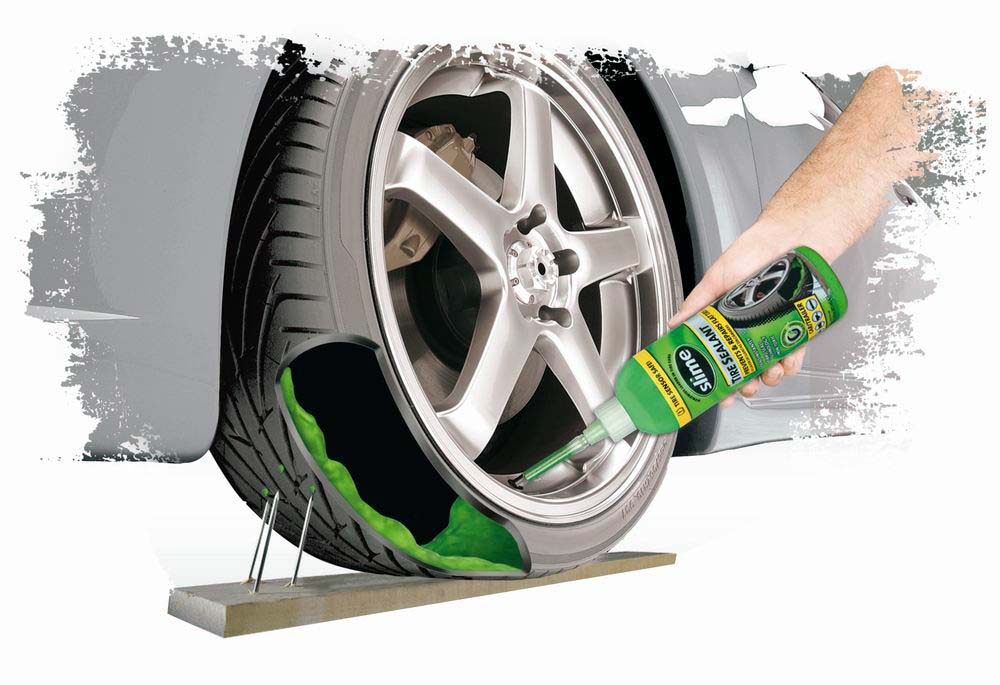 Reagents are added to liquid sealants that do not allow to harden at low temperatures or dry out when heated. This ensures even distribution while driving.
Reagents are added to liquid sealants that do not allow to harden at low temperatures or dry out when heated. This ensures even distribution while driving.
Manufacturers offer to buy preventive and emergency repair formulations. To prevent a sharp decrease in tire pressure allows the constant presence of a reagent inside the wheel. The composition is distributed evenly over the entire surface under the influence of gravity, when punctured, it vulcanizes the resulting hole. Preventive sealants contain substances that cool the tread, improve thermoregulation, and prevent delamination.
Emergency - help to eliminate a puncture, increase the pressure in the wheel. These agents are supplied in the form of aerosols, which are filled into high-pressure cylinders. A distinctive feature is a high polymerization rate, a strong vulcanizing plug. A separate category of sealants is designed for tubeless tire beads. They are applied with a brush in a thick layer, which compensates for the abrasion of the rubber.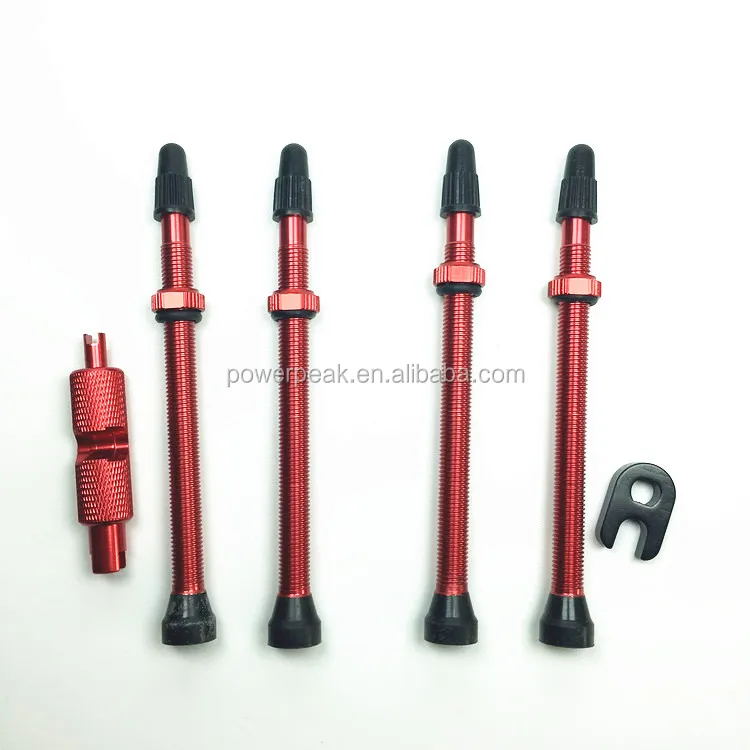
Manufacturers take into account the design features of the wheel, offering tools for repairing tube and tubeless tires. The wheels have different temperature conditions during movement, the inner surface differs in adhesion, punctures differ in structure. A composition is selected for each type of rubber, so when buying, you must take into account the equipment of your car. If there is a chamber in one of the tubeless wheels, then preference should be given to universal sealants, which are equally effective when working with tires of different designs.
A thorn, a small nail, a piece of glass or a piece of steel can be run over. The puncture may have a different diameter. Most manufacturers offer compounds capable of vulcanizing a hole from 3 to 6 mm. The higher this indicator, the more likely it is to cope with damage without the help of a tire shop. The driver must take into account that the compositions are not designed to repair side cuts.